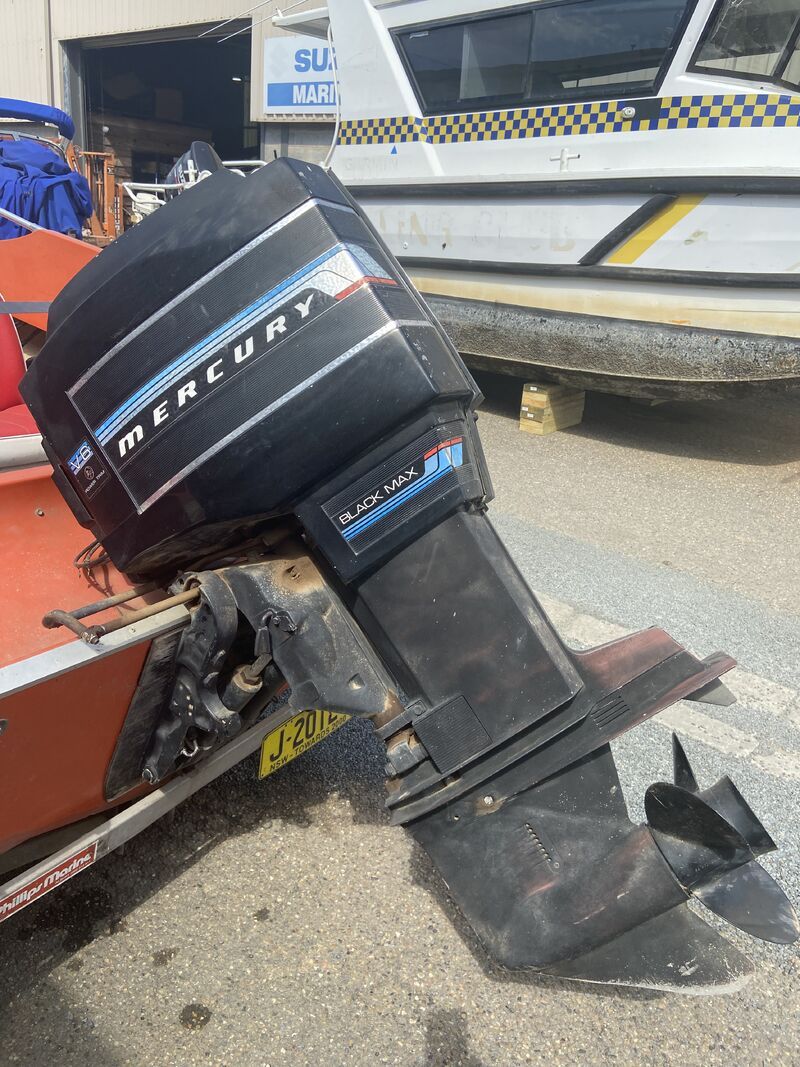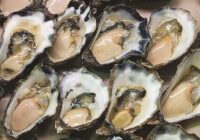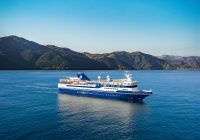Apologies once again for the poor-quality photo (which, let’s face it, is pretty much my trademark!), but I came across this motor in rural NSW this week.

On the face of it, it appears to be nothing special – a 1976 2.0 litre Mercury 1750 (175 hp) V6 Black Max – but it is actually of momentous significance. This motor, along with the Johnson/Evinrude 200 hp, was launched in 1975 for the ’76 model year.
That was the year the “horsepower race” really ignited, with V6 outboards from both US manufacturers casting the die in a quest to be best, biggest and fastest. That year, and 1977, were, to the best of my knowledge, the first time that Mercury was ever bested in the horsepower race by arch-nemesis OMC.
It would be 1978 before Mercury introduced the 2,330 cc Black Max 200 hp, but OMC had by then launched a V6 which was putatively 235 hp – although many would opine that the optimistic assessment of output was in fact only “decal” horsepower.
The 1750 Black Max was probably one of the best proven and most relentlessly tested motors ever, as it had already done 3 years of tunnel-boat racing as the T3 (“T” indicating “Twister”) before introduction as a consumer product.
The engine in this photo was bought new and has just been removed from a barn after 40 years – it is of sentimental value to the owner, who wants it serviced and freshened up. My bet is that, with fresh fuel, a new battery and a new water pump impeller, it’ll start first bump of the key.
This motor beat OMC hands down in terms of design, as it was a fresh, clean-sheet, loop-charged unit with a 60-degree vee (a configuration ideal for smoothness and balance). OMC resorted (maybe due to patent issues) to using a crossflow 90-degree V6 built around the pistons, rods and bore x stroke of their old V4 – their cubic capacity (2,448 cc) was actually that of one-and-a-half V4s.
As an OMC tragic of many decades, it greatly pains me to admit that this Mercury motor was vastly superior in almost every way. Its only real quirk was that it still used a remote, boat-mounted power trim pump, and the bottom transom mounting bolts had hollow centres which acted as “unions” to connect the trim hoses on the motor to the trim hoses from the pump.
There is little doubt that these “clamshell” (so called due to the two, mirror-image, vertically-hinged engine covers) V6s were the motors that decisively ushered in a new and exciting age of high-speed boating.
Danny Casey is highly experienced, undoubtedly idiosyncratic, and immensely knowledgeable about things mechanical, new or old. His knowledge and passion are as a result of spending his whole life in or around anything power-driven – especially marine engines. His passion for boating is second to none, with his life a montage of fabulous memories from decades spent in or around water and boats, both here and in Europe. Danny has spent myriad years in the recreational marine industry in a varied career in which he has bamboozled colleagues and competitors alike with his well-honed insight.

His mellifluous Irish accent, however, has at times been known to become somewhat less intelligible in occasional attempts at deliberate vagueness or when trying to prevent others from proffering a counter-argument or even getting a word in. Frank and to-the-point, but with a heart of gold, it can be hard to convince Danny to put pen to paper to share his knowledge. Marine Business News is grateful for his contributions. Connect with Danny through LinkedIn.
To keep up to date with all marine industry news visit www.marinebusinessnews.com.au







